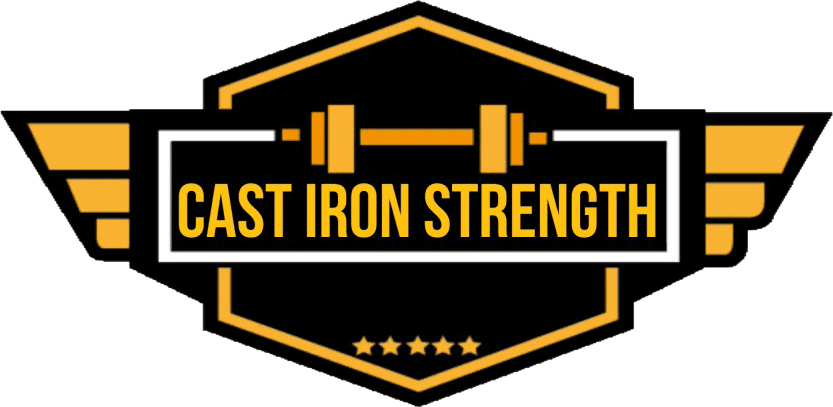In the last part of this series I gave a general introduction and went over the first pull during this part of this series we will look over the transition/second pull and the turnover/catch. To illustrate the part of the lift we will be looking at I have provided a video showing these positions featuring 8 female and 8 male weightlifters.
After viewing the video you should have a good idea in your head of the positions that we will be discussing, it is important to keep the actual moving images in your head as it is easy to get lost when viewing stills or reading text.
We will now look at some still images of the positions and then we will discuss them in sequence.


1, 2 and 3 – These positions represent the scoop this part of the lift happens when the lifter transfers from the first pull and into the second pull. It also represents the “second acceleration” of the bar.
During this portion of the lift the lifter will move the shoulder back and hips towards the second pull position where the bar will nestle against the hips and the shoulder will sit back behind the bar.
As the lifter transfers in the weight on the foot will move from the heel towards the middle/ball of the foot. The lifter will continue to maintain posture and keep a lax arm throughout.
4 and 5 – This portion of the lift is known as the second pull and is initiated when the lifter feels the bar brush their drilled second pull position (usually at the crease of the hip), from here the lifter will VIOLENTLY extend the hips through the bar, extend the knees upright and push the balls of their feet through the floor looking to catapult the bar up with as much whip as possible.
This is where the bar gets a rapid second kick as you will see from the video, this portion of the lift will “hang” the bar in the air and allow the lifter to affix themselves under the bar.
6, 7 and 8 – The final portion of the pulling/catching of the lift occurs when the lifter has imparted as much upward momentum as nesscary they will start to get under. This is initiated by pulling themselves under the bar using their traps/arms to help gain some more speed under the bar (sometimes also termed as jumping down).
As they start to come under the lifter will relax their arms and move into the catch position moving their feet out slightly allowing to move from the pull position into the squat.
As the lifter comes under with the bar over head they should press up with the arms allowing them to catch with locked out elbows/shoulders.
As they take the weight they should take some time to assure they have the barbell affixed overhead properly to make sure they can recover as easily as possible.
In the final part of this series we will address some drills and reason out why it is important to adopt positions as they relate to the lift.
Marc.






